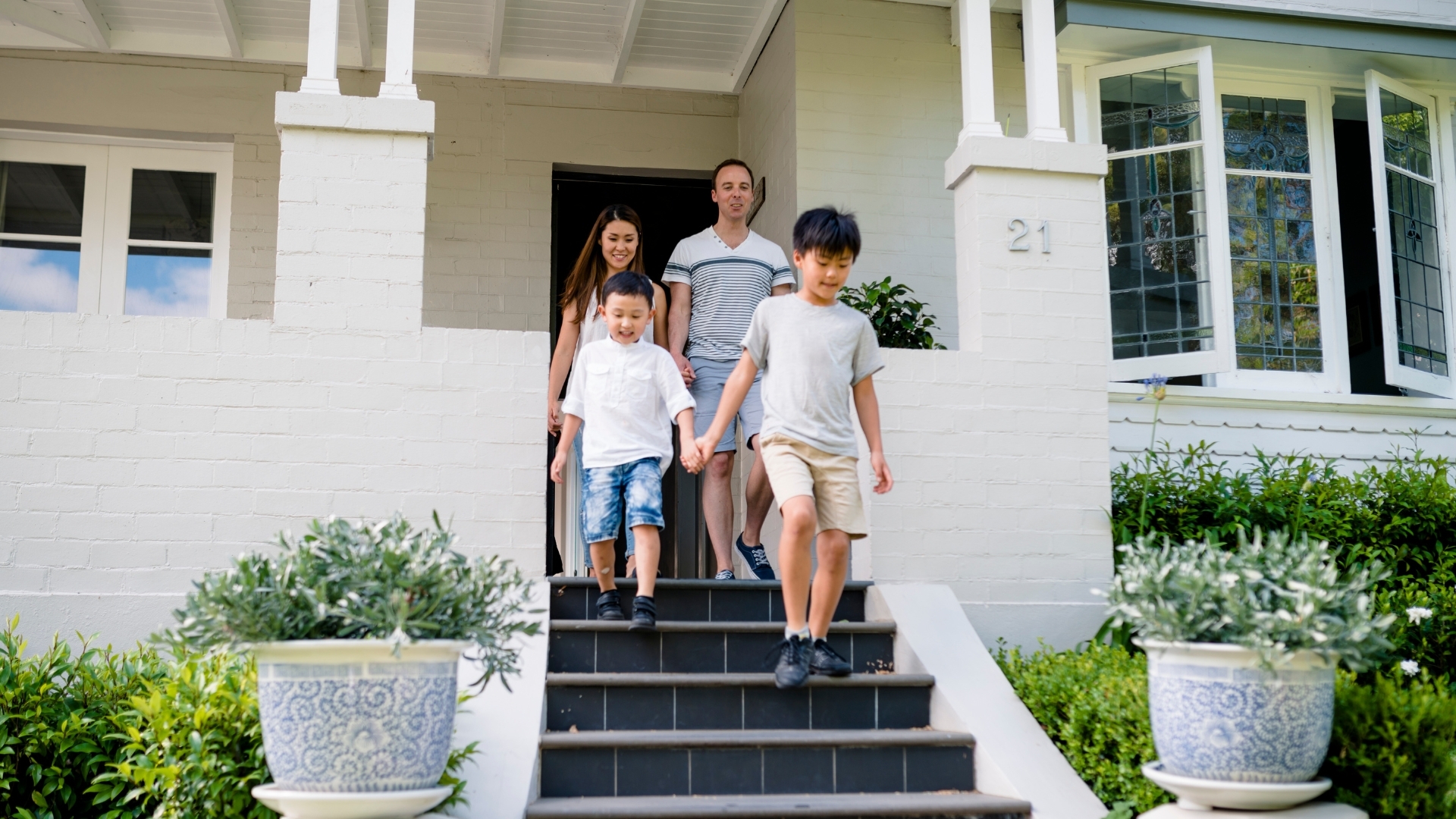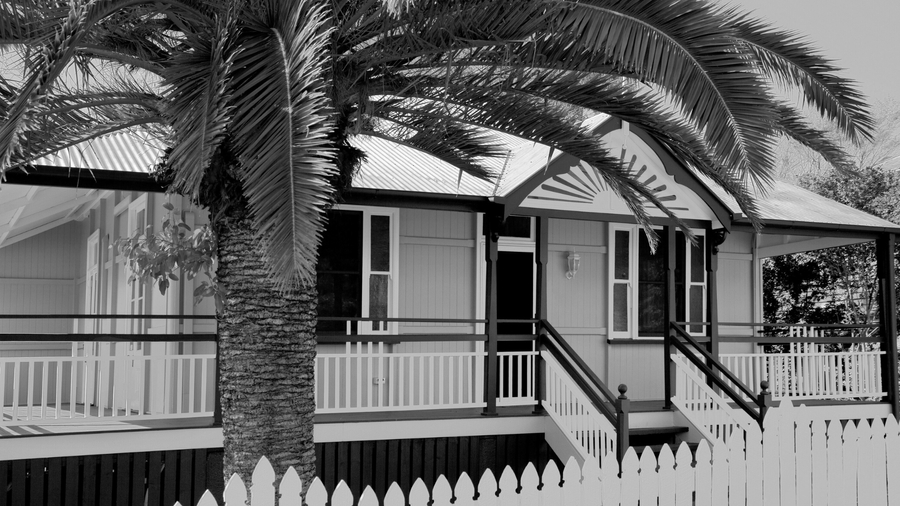Wealth Street Journal: Week 26, 2024
24 June 2024
This week’s Australian real estate news: Top 5 headlines
Explore the newest developments in Australian real estate news:
- Investor lending surging: Investor lending in Australia is seeing significant growth, driven by increased loan amounts and expanding markets in certain states, while first-home buyers are also making a comeback in Victoria.
- Rents rising faster than wages: Rental prices in Australia are rising much faster than wages, creating challenges for renters, despite recent fluctuations in different cities.
- Property nudging $11 trillion: Australia’s residential housing market has surged to nearly $11 trillion, driven by value increases and strong buyer demand despite affordability concerns and higher interest rates.
- Auctions hot despite winter: Despite a winter slowdown, Australia’s auction market has strong clearance rates across major cities indicating resilient demand and increased vendor activity.
- Affordable & liveable locations: Research shows affordable suburbs with Brisbane leading in affordability, followed by Melbourne, and Sydney having fewer options for first-home buyers.
Investor lending surging
Investor lending is increasing, according to the latest Australian Bureau of Statistics (ABS) indicators.
ABS Head of Finance Statistics, Mish Tan, notes lenders are also borrowing more, likely due to expectations of higher rental yields and greater borrowing capacity for investors.
New loans to investors for housing rose 5.6% in April to $10.9 billion, up 36.1% compared to same time last year.
The average investor loan for an existing dwelling increased from $592,000 to $648,000.
The value of investor borrowing grew the most in Queensland (up 46.6%) and New South Wales (up 43.9%).
In Victoria, investment loans declined, possibly due to higher taxes and fees for investors.
Instead, first-home buyers are returning, with Victoria recording 2,526 first-home buyer loans in April 2024.
Rents rising faster than wages
Rental growth is outpacing wage growth.
Analysis of the Australian Bureau of Statistics Wage Price Index and Domain rent data show house rents increased over six times and unit rents over four times the rate of wage growth in the March quarter.
Wages rose by 0.8%, while combined capital city house asking rents rose by 5% and unit rents by 3.3%.
Grattan Institute Economist Joey Moloney suggests increasing rent assistance to help those facing rental stress.
SQM Research shows a 0.5% drop in capital city asking rents by June 4, the largest monthly drop since April 2020.
Darwin rents fell by 6.3%, Sydney by 1.1%, Adelaide rents rose by 2.1%, Brisbane by 0.7% and Melbourne remained unchanged from the previous month.
Property nudging $11 trillion
Australia’s residential housing market is nearing $11 trillion.
The combined value of 11,176,100 dwellings increased by $209.4 billion in Q1 2024, reaching $10.72 trillion.
Australian Bureau of Statistics figures show residential housing value surpasses Australia’s superannuation funds and share market.
Average dwelling prices rose by $14,300 to $959,300 in the March quarter, with value increases in all states and territories.
PropTrack data indicates strong buyer demand, absorbing increased listings and driving prices up.
Senior Economist Eleanor Creagh notes buyers remain confident despite higher interest rates, expecting further price growth.
“Ongoing home price rises likely incentivise many to overcome affordability challenges and transact with the expectation of continued growth,” Creagh says.
Auctions hot despite winter
Auction clearance rates remain strong across Australia despite the usual Winter market slowdown.
The number of homes going to auction was lower due to public holidays like the King’s Birthday.
Still, 2,232 properties were auctioned, nearly 15% more than the same time last year.
CoreLogic data shows the preliminary combined capital city clearance rate hit 72.9% – the highest since early May.
Adelaide led with an 89% clearance rate, followed by Sydney at 75%, Canberra at 73%, Melbourne at 70% and Brisbane at 69%.
CoreLogic suggests these results indicate resilience in the auction market and strong demand matching increased vendor activity.
“The trend in auction markets lines up with the broader trend in new listings, where vendor activity was 9.5% above the previous five-year average, while overall stock levels were tracking 16.1% below the five-year benchmark, demonstrating a healthy rate of absorption.”
Affordable & liveable locations
Affordable areas still exist within Australia’s three major capital cities, according to new research.
The PRD Affordable and Liveable Property Guide analysed major capital cities for affordability, investment returns, liveability and future stock projections.
Even though Brisbane property prices are rising, 27.6% of its suburbs are affordable for house buyers and 43.1% for unit buyers. Affordable suburbs include Strathpine, Griffin and Alexandra Hills.
Chief Economist, Dr. Diaswati Mardiasmo, notes Sydney has fewer affordable options, with 11.1% of house suburbs and 36.7% of unit suburbs affordable for first-home buyers. Affordable suburbs include Chester Hill, Granville and Villawood.
In Melbourne, 24.4% of house suburbs and 42.3% of unit suburbs are affordable for first-home buyers. Affordable and liveable suburbs include Albanvale, Ardeer and Lalor.
Catching up on Australian real estate news?
Read last week’s Australian real estate news article covering:
-
- Population boom creates hotspots: Surging population growth is creating housing construction hotspots in suburban outskirts of major cities, with a population growth above 2.4% and building work over $200 million.
- Regional house prices gather steam: CoreLogic data shows faster house price growth in many regional areas over the past three months, following net migration to some regions picking up noticeably.
- Overseas buyer interest dropping: Migration and student number changes may reduce overseas property searches. PropTrack data shows a 0.8% rise in buying searches but a 2.3% drop in rental searches in April.
- Vacant home numbers rise: The PropTrack Rental Vacancy Rates report for April shows the national vacancy rate increased by just 0.09%, to reach 1.21%. However, this rise is insufficient to ease rental struggles.
- First-home buyers back: ABS data shows a 9.9% YoY increase in new loan commitments for first-home buyers, totalling $5.19 billion, with loan approvals at their highest since the COVID pandemic
Exploring property investment?
Property investment offers numerous advantages, such as tax reduction, debt reduction, wealth generation and retirement planning.
Whether you’re a mortgage broker assisting clients, a seasoned investor, or someone starting out, Wealth Street’s proficient team is here to help navigate the complexities of property investment.
Offering expert guidance, extensive knowledge, real estate news and invaluable education, we ensure a prosperous investment journey for all.

“Ongoing home price rises are likely incentivising many to overcome affordability challenges and transact with the expectation of continued growth.”
Eleanor Creagh
PropTrack Senior Economist
Get Started
Every success story starts with a leap of faith. Start a conversation with us.










